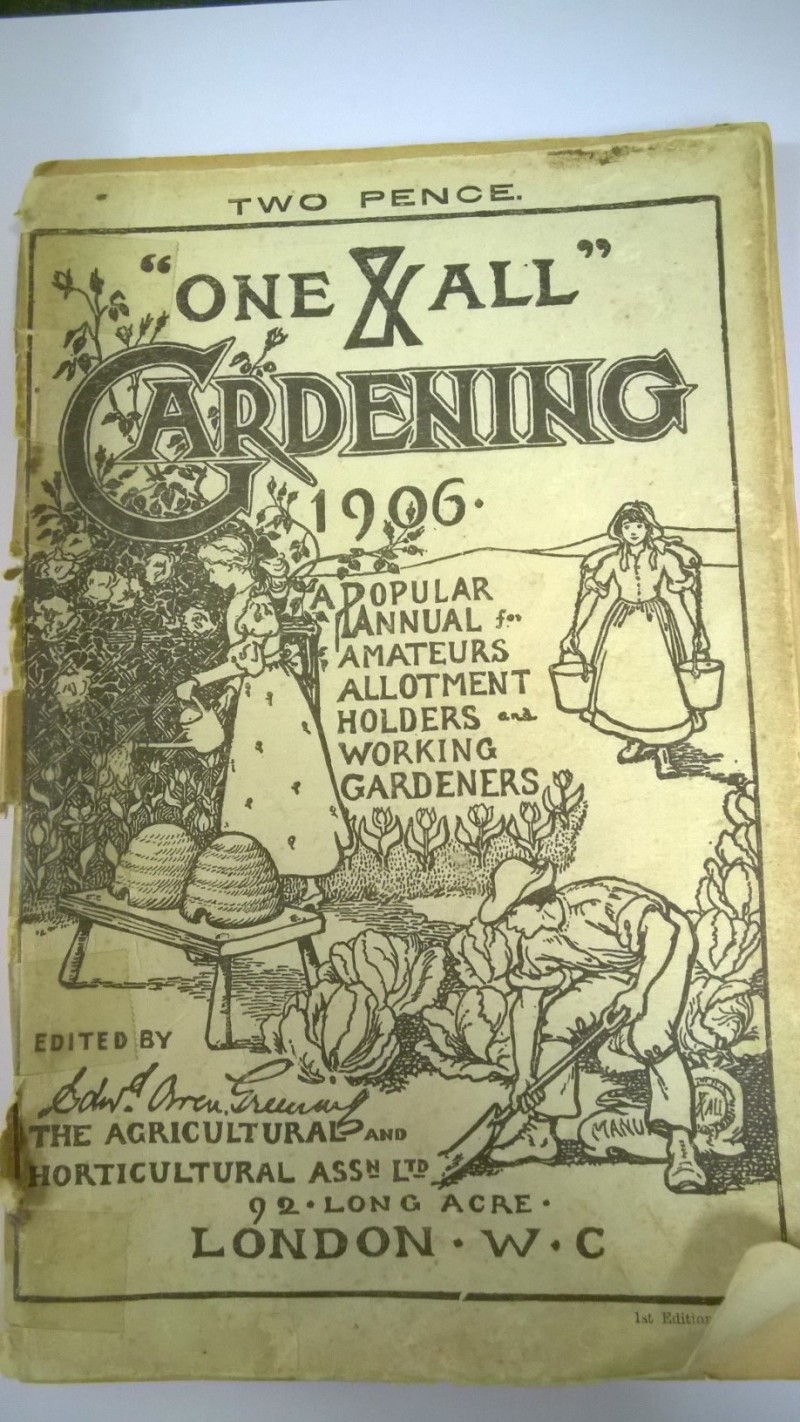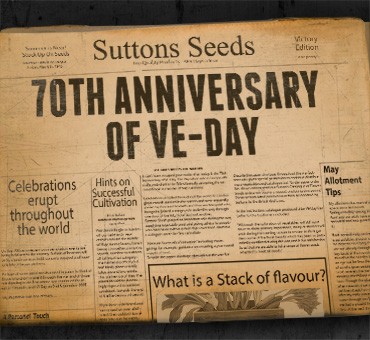Back in 1906 the magazine One & All Gardening described itself as “A popular annual for amateurs, allotment holders and working gardeners” and included monthly advice re what to do and when in a cottage garden. OK so you may not fancy using household sewage on your beans and you may not know what a hand-light is however much of the advice still holds good today. Have a read and see what you think:
“During harvest and even turnip-hoeing season, the cottager’ garden – unless he is blessed with a gardening wife or a large industrious family – is apt to get a little out of keeping. Piecework and overtime on the farm tell against the garden at home. Now that these seasons of extra work on the farm are over the cottager’s garden will reap the benefit of his leisure, and become as fresh and beautiful as it was during the spring and summer months. The window should be rearranged and, if possible, refilled after harvest with plants grown in the open air for this purpose.
The climbers on the cottage must be pruned and trained; the flower borders retrimmed and cleaned; and the paths, roads and yards put to rights; fences trimmed, &c., as soon as possible.
Gather all fruit as soon as ripe, and place all the finest grapes on the vine that covers the cottage in muslin bags to protect them from the wasps. Gather plums and apricots as soon as ripe and convert into jam – cheaper than butter in a family and more wholesome – or sell the fruit, or eat it instead of meat, and make a meal of the fruit alone, or with bread.
Lift all the potatoes as soon as fit, store them carefully and recrop the ground with greens, cabbages, late turnips, &c.
Earth up celery and harvest onions and early carrots. There is nothing to be gained by leaving these crops too long in the ground. Gather all the runner beans and late peas young and soak the plants with house sewage and they will continue to bear until cut down by the frost. It is seed ripening rather than vegetable-producing that exhausts all such plants, as well as impoverished soils.
Plant out the main crop of winter cabbage in rows two feet asunder and one and a half feet between the rows. Also succession crops of lettuces and endive and cauliflowers in sheltered places at the foot of walls or in such position that they could be sheltered with hand-lights or frames. It is a good plan to plant nine plants in a light, removing four or five in the early spring, so as to leave four to be fostered under glass as long as possible.
Late celery may yet be planted.”
Last Updated on November 30, 2022 by Suttons Horticultural Team






